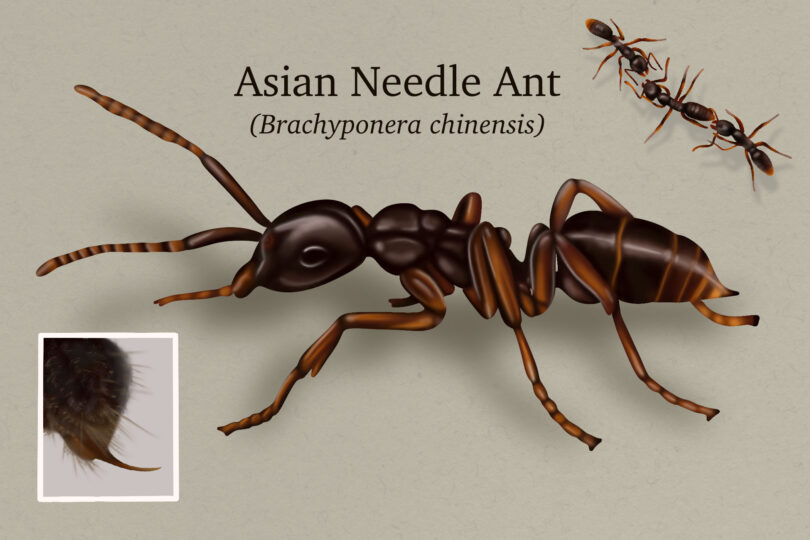A tiny Asian fly that feeds on turf and pasture grasses showed up in south Georgia last summer, the first time this species has been documented in the Western Hemisphere.
Atherigona reversura calls Japan, Indonesia, India and even Hawaii home, but it has been spotted for the first time in the U.S. in Pierce County, Ga., near Savannah, said Will Hudson, an entomologist with the University of Georgia Cooperative Extension, located in Tifton, Ga. The fly was confirmed from Savannah to Columbus and south to the Florida line last year, with unconfirmed reports in adjacent states.
New to the area
“The adult fly lays eggs, and the maggot bores down the stalk of grass. When it completes its development, it pupates and emerges as a fly,” Hudson said. “We’ve never seen them until last year.”
The mystery is how this Asian native suddenly emerged in the southeastern U.S. “It is a surprise to find them that widespread when no one had any idea they were here,” he said. “So, that is the unusual thing.”
The U.S. doesn’t import much live grass from other countries. “In fact, the flow is the other way. We send sprigs of our grass all over the world for golf courses and things like that. It’s a real puzzle how it got here,” Hudson said.
Dines on the tips
Because the fly only destroys the top two leaves of a plant, it has yet to present any threat to turfgrass cultivars, he said. Georgia’s turfgrass industry is worth $116 million annually.
Bermudagrass is an important crop grown from North Carolina to Texas as a pasture grass or for hay. This type of grass seems to be the most damaged by the fly. “A badly infested pasture or hayfield, if you look at it, looks like a frost came along and just nipped the tips, just the very tips. The green underneath is fine,” he said.
Mowing or cattle grazing are effective ways to reduce the fly’s economic impact on pastures and hayfields, which are worth $155 million in Georgia.
Researchers will study further
Right now, it doesn’t look as if the flies will become a major problem. But Hudson and others will investigate it in Georgia this summer.
“My guess is that this [fly] is going to be a lot of fun for entomologists to play with for a little while,” Hudson said. “At most, a pretty minor inconvenience for some of our cattlemen, primarily our hay farmers. Of course, there is a chance that it may turn out to be a lot worse than that.”

Small.jpg)
Thumb.jpg)





